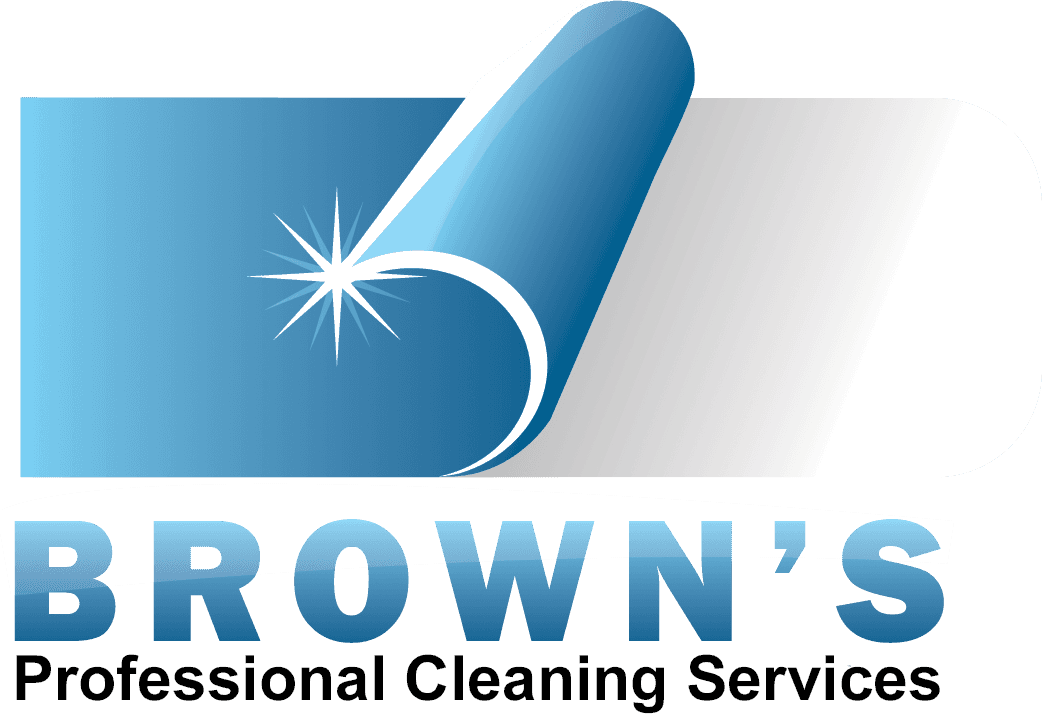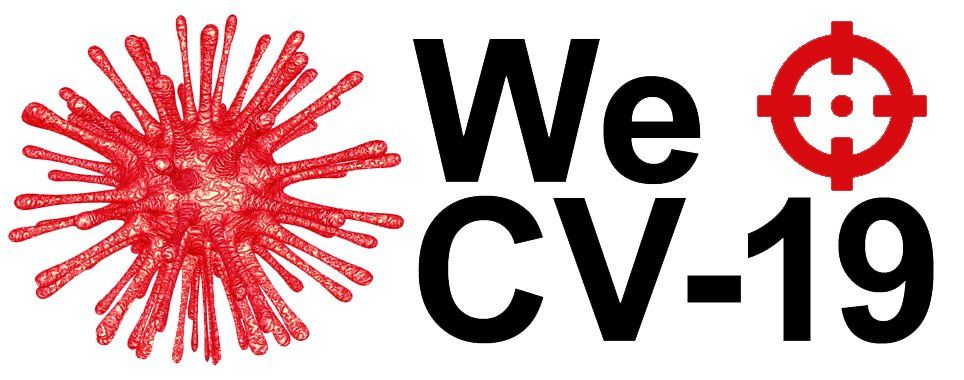A Comprehensive Guide to Mould Removal–Facts You Must Consider
Just because it appears to be a harmless black spot on your wall or ceiling doesn’t mean you can ignore it. In most cases, it could quickly turn into mould clusters, growing fast and polluting the indoor air in your home. Mould is a type of fungus, and you should not let it rise in or around your house. It is because it not only affects the aesthetics but also promotes various health problems!
Therefore, as a responsible homeowner, you must inspect your property for mould infestation and, if required, opt for mould removal. Then, according to the experts, take immediate action for removing mould securely and effectively.
You may think that your house is not at risk of a mould infestation because the weather condition is not ‘favourable’ for the fungus growth. However, deep into the walls of every home, certain indoor conditions encourage mould growth. We’ll get to that point later, but at first, let us learn how to identify mould.
Identifying Mould
Black mould, aka Stachybotrys Atra, is the most common type of fungus usually found in homes. Unfortunately, it may not always grow in plain sight, so inspections are a necessity. However, one effective way to identify hidden black mould is by their odour.
If you suddenly find a musty smell in your room, there are chances of mould growing behind a covered area. Like that, mould can also cause various allergic reactions, including sneezing, coughing, wheezing, eye and skin irritation, etc.
The biggest and most common sign of mould buildup is a blackish discolouration appearing on the walls and ceiling. It can occur either as a damp and slimy texture or black fuzzy spots. However, different other types of mould also appear in various tints such as green, white, brown, and orange. Keep all these in mind for proper mould removal.
Other signs of mould are peeling of paint, small bulges appearing on your walls/ceilings, unusual smells, overall discolouration, etc.
What Are the Mould Hotspots
A crucial factor contributing to the existence of the fungus and spreading is the occurrence of condensation. The highly prone areas to having condensation are basements, bathrooms, laundry rooms, garages, attics, certain areas of a kitchen, etc.
Other places to check for mould are around an air conditioner’s condenser, behind or underneath washing machines and piping fixtures, underneath kitchen sinks, etc. It would help if you regularly inspected all these places for mould development.
Let us end up with some safety precautions that one should follow when removing mould. Yes, there are certain stages when simple DIY steps can be helpful. But otherwise, it will be better to leave it over to the experts. So let us check out what experts follow or would suggest at this point.
This fungus is relatively dangerous, and so are some of the chemical cleaning agents used for removal. Therefore, use old clothes when doing mould removal while long sleeves and long pants are advisable too.
It would be best to consider the other factors: always wearing gloves, a dust mask, protective eyewear to avoid mould spores or cleaning sprays, proper ventilation during the removal process, etc. We will discuss other relevant topics in upcoming blogs. So keep in touch!
The post A Comprehensive Guide to Mould Removal–Facts You Must Consider appeared first on Ministry of Cleaning.




